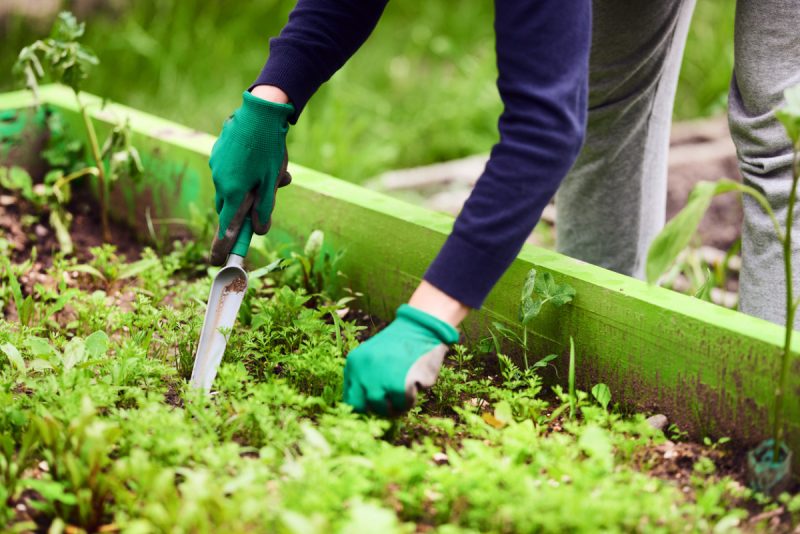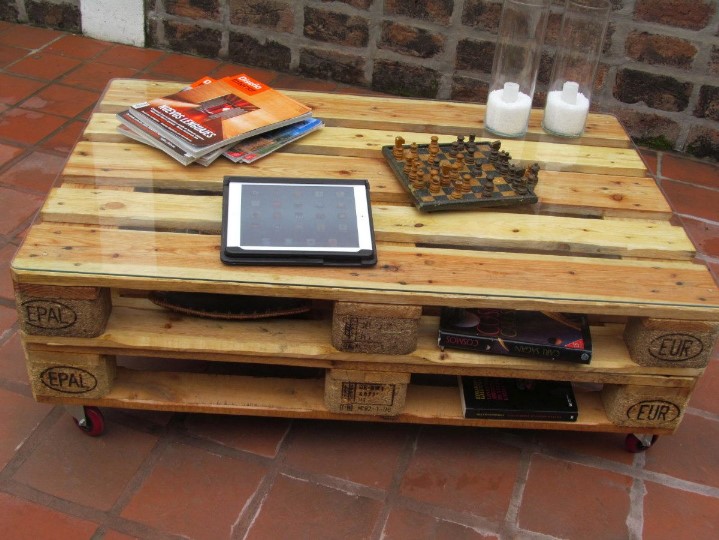Growing potatoes in a potato barrel or bag is very easy because they are contained. When you grow them in open ground, there’s little control over where they send their roots, and the constant need to enhance new growth can be uncomfortable, especially if your space is in the middle of other crops. Growing them in containers means you can simply add new compost and place them away from your other plants. This is a guide on how to grow 100 pounds of potatoes in a barrel.

How to grow potatoes in a barrel in large quantities?
This peculiar way of growing potatoes in a barrel reduces weeds , pests, fungi and eliminates the damage to potatoes often caused by shovels or work done in the field. In addition, it can be an element that decorates our garden depending on the design we choose, and that will also provide us with an organic and healthy food made at home.
You will need to:
- A barrel or bag of potatoes, like the one below.
- Some seed potatoes.
- A garden trowel.
- Some good-purpose compost, which you can buy with a planter or separately.
- A shower cabins.
Almost any container 2 to 3 feet tall can work for growing potatoes.
Steps to follow:
- Make sure there are drainage holes in your chosen container.
- Cover the bottom of the container bag or barrel with some drainage material, such as small rocks, broken flower pots, or even pieces of Styrofoam.
- Place about 6 inches of compost on top of your chosen drainage material.
- Sprinkle with a good general purpose organic vegetable fertilizer (per product directions).
- Depending on the size of your container, place two or three seed potatoes, equally spaced and about 6 inches from the edge of the container.
- Cover the potatoes with about 10 cm of good compost.
- Loosely cover the potatoes with another 10 cm of compost mixture, then water.
- Put it in a sunny and sheltered place.
The growth of potatoes.
Next step is what carries 100 pounds (45 kg.) Of potatoes in a barrel.
When the plants are 6 to 8 inches of foliage, add another layer of soil mixture that covers one-half to three-quarters of the stems and visible leaves. Repeat this with every 15 to 20 cm of foliage growth. You will be creating more potato sprouts as the plants grow towards the top of the container.
Continue this process until your container is almost full. Always leave about 2.5 cm at the top to allow for watering.
Remember that potatoes are thirsty plants and the most common problem with container grown potatoes is letting the compost dry out from lack of watering.
Harvesting potatoes in a barrel.
Over the next several weeks and months, the potato plants will grow and mature, and it is often helpful to repot the plants to give them some support.
When the flowers have faded and the plant has died, it is harvest time. Although it is excellent if the smaller potatoes can, of course, be harvested earlier if you prefer. Likewise, if you want bigger potatoes, leave them on for a couple more weeks.
Once you’ve harvested your potatoes, use compost as a great topping for your vegetable patch or flower beds. It is not good to use the same compost for another potato crop as this can lead to problems with potato diseases.
By planting several different bags in succession, moving them to a cool greenhouse before the first frost, you can harvest your potatoes for most of the year. In fact, you can even have your own Christmas fries.
This type of planting eliminates the damage that the shovel does to the potatoes. When the plants flower and start to turn yellow (after 10 weeks), the potatoes should be ready for harvest. Carefully dig with your hands to inspect the top layer. Do the potatoes feel ready? Drop the container on a tarp and inspect your reward.
Other tips for growing potatoes in a barrel.
- After the first harvest, save a few potatoes to use as seed potatoes next year.
- Beans are a great companion plant for potatoes.
- Instead of using soil, try growing potatoes in sawdust.
- Experiment with different containers, seed potatoes, and irrigation regimes.
- If the steps above aren’t enough, do some more research. Try here.








